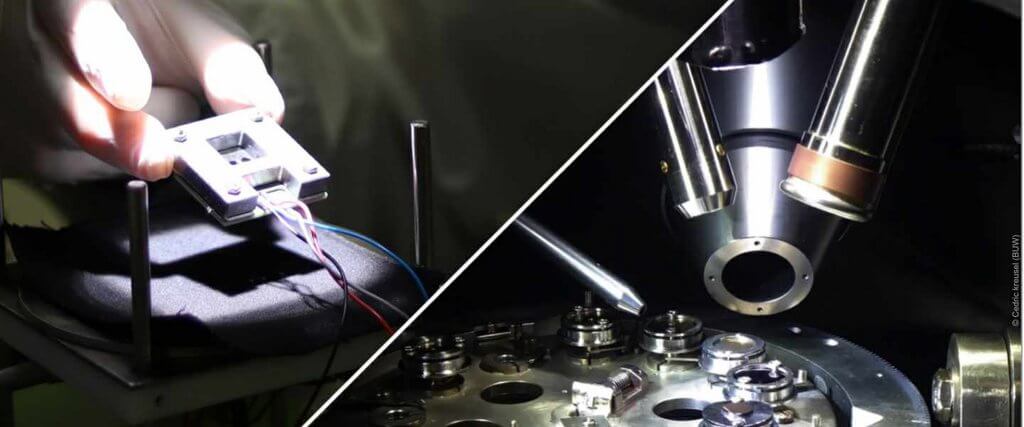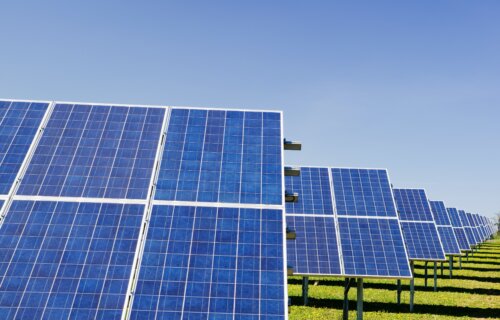COLOGNE, Germany — The world’s most efficient solar panel may have been created by scientists at the University of Cologne in Germany. This new device reaches 24 percent efficiency, the most powerful achieved so far when organic and perovskite-based absorbers are added together.
Existing solar panel technologies are made using silicon and cannot be improved upon much further. Experts say more efficient solar panels that can help the world transition to clean energy are urgently needed. The new solar panel uses organic carbon-based semiconductors, which can conduct electricity under certain conditions, alongside a lead and halogen-based perovskite compound. Both of these materials use less energy than normal silicon cells, which means they are more sustainable.
As sunlight contains different colors, efficient solar panels have to covert as much of this as possible into electricity. This can be achieved with so-called tandem cells, in which different semiconductor materials are combined in the solar panel, which each absorb different types of sunlight.
For the current study, organic semiconductors were used for ultraviolet and visible parts of the light while the perovskite absorbed the infrared light. Similar combinations of materials have been used in the past, but the researchers from the university’s Institute of Physical Chemistry say their new concept significantly boosts their performance.

When the study began, the world’s best organic tandem cells had an efficiency of around 20 percent; but simulations by the researchers estimated the eco-friendly electricity generators could have an efficiency of 30 percent in the future.
“Conventional solar cell technologies are predominantly based on the semiconductor silicon and are now considered to be ‘as good as it gets,'” says study co-author Dr. Selina Olthof in a statement. “Significant improvements in their efficiency – i.e., more watts of electrical power per watt of solar radiation collected – can hardly be expected. That makes it all the more necessary to develop new solar technologies that can make a decisive contribution to the energy transition.”
The findings are published in the journal Nature.
Report by South West News Service writer Gwyn Wright.
